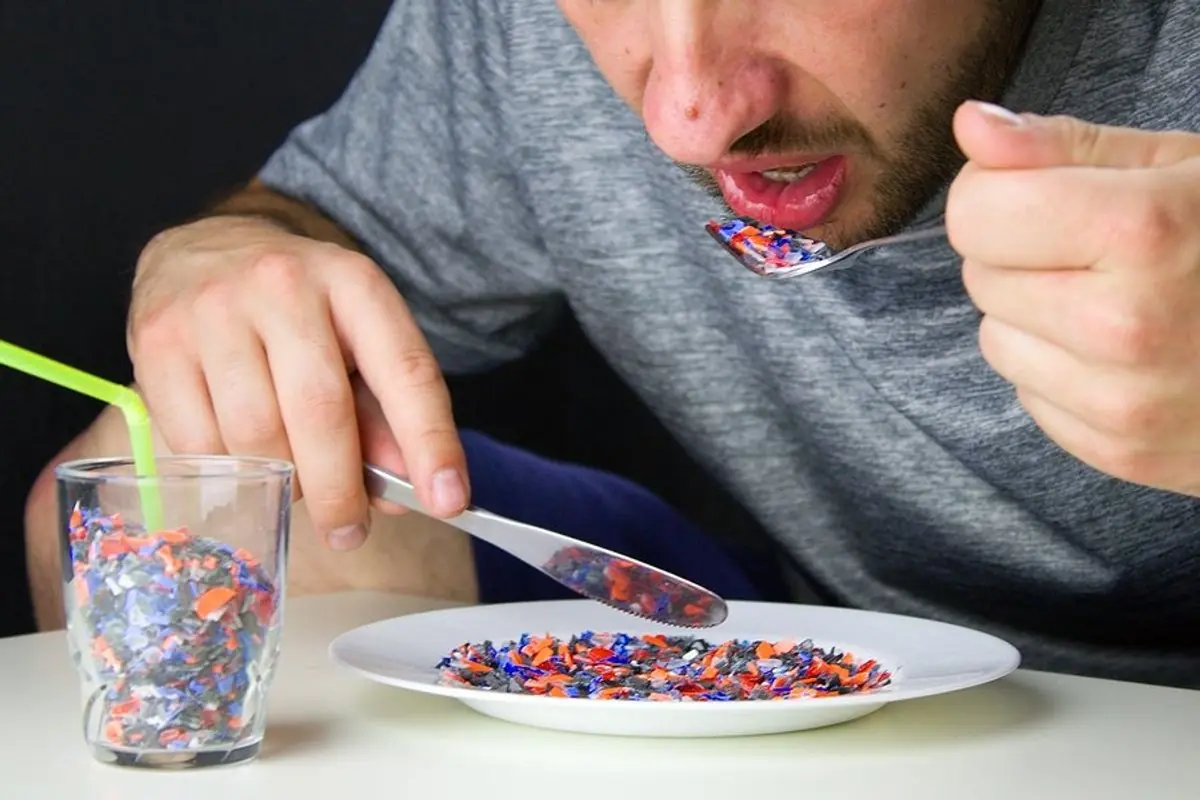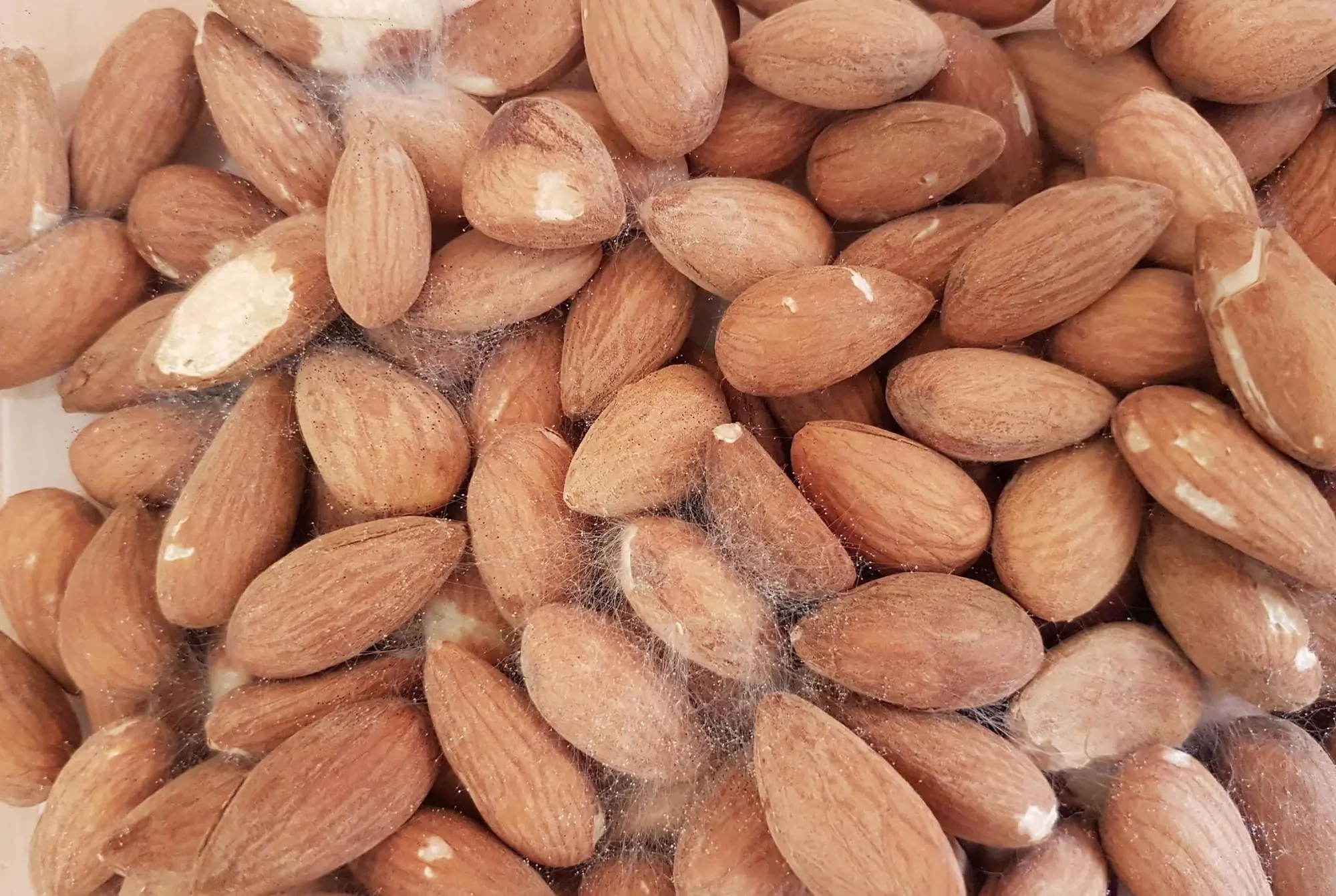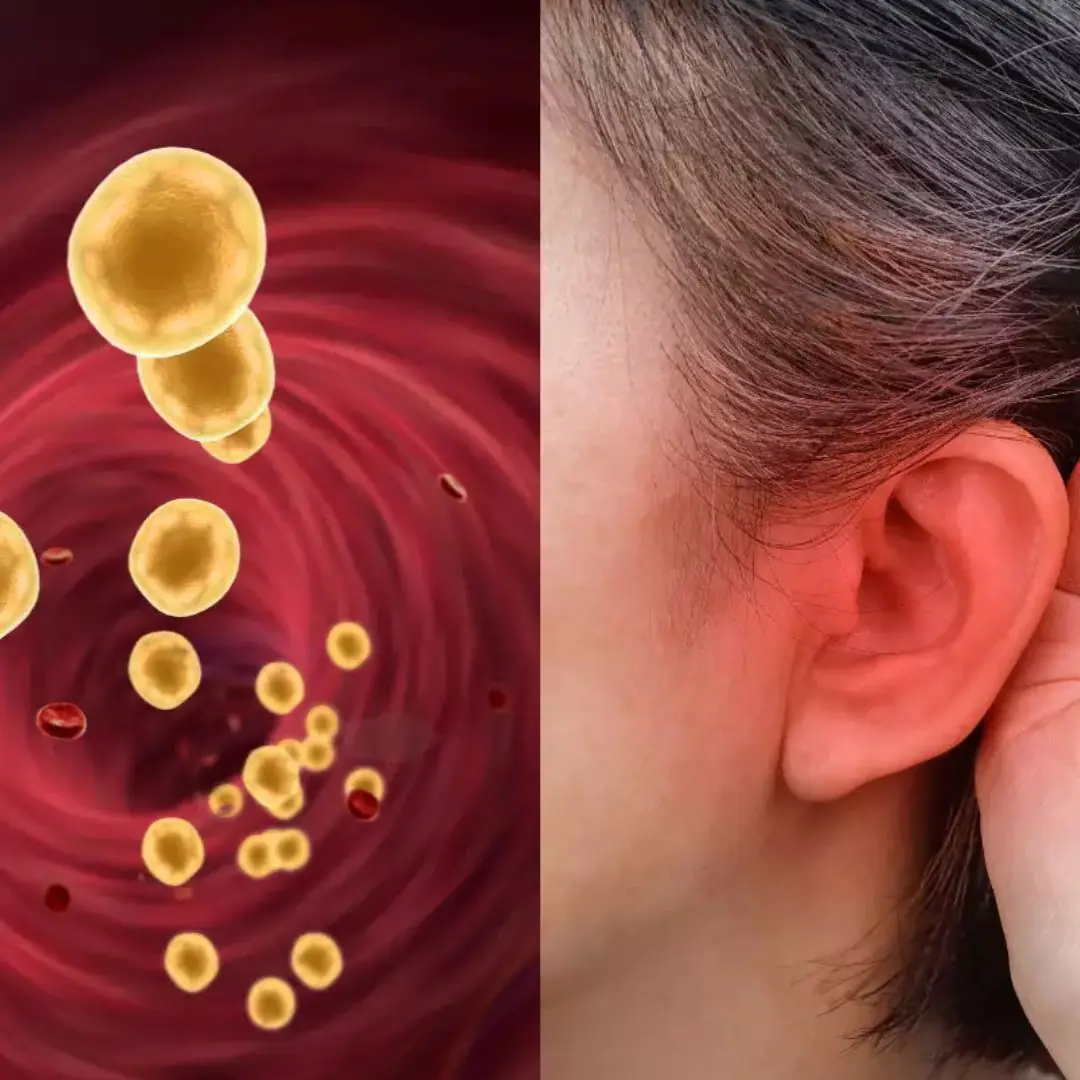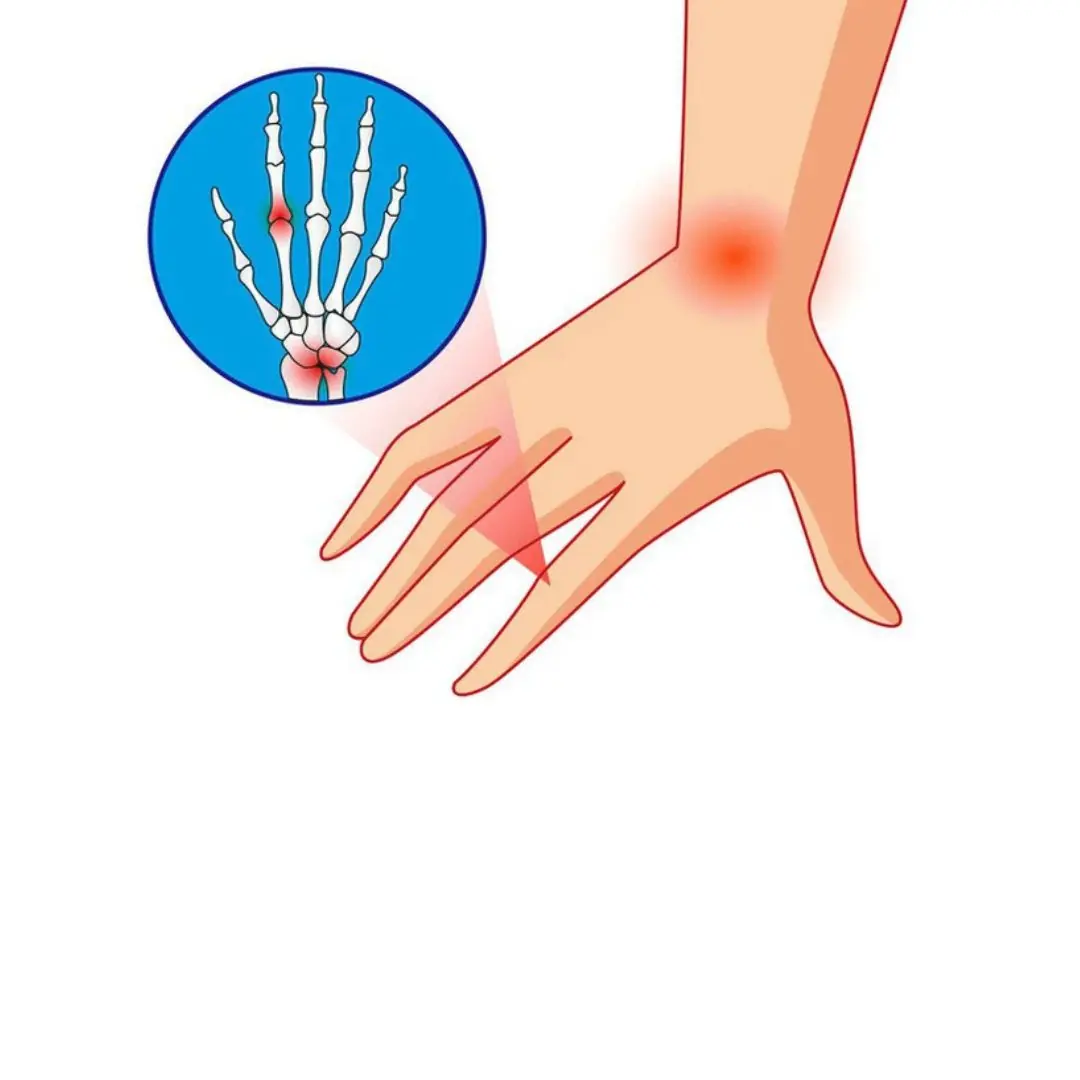
Food contains more than a thousand microplastic particles, 45 times more than bottled water

Cheese, originally a Western food, has now become familiar to many Vietnamese people. It’s added to various dishes such as pizza, spaghetti, hamburgers, etc., providing a rich, creamy flavor that has made it especially popular among Vietnamese youth. However, a recent study published in NPJ Science of Food has revealed that cheese may contain high levels of microplastics.
Cheese Contains a Large Amount of Microplastics
Scientists purchased various types of cheese, including 10 with a shelf life of less than one month and 14 with a shelf life of over four months, from retail stores in Italy, according to the Daily Mail.
Analysis showed that cheese with a shelf life of over four months had the highest microplastic contamination, with 1,857 microplastic particles per kilogram of cheese—about 45 times higher than the amount found in bottled water.
In cheese with a shorter shelf life (under one month), the analysis still found up to 1,280 microplastic particles per kilogram.
Cheese goes through multiple stages before reaching consumers—pre-processing, production, storage, and packaging. Experts believe microplastics can infiltrate cheese at various points, from ingredients stored in plastic containers to finished products wrapped in plastic film or stored in plastic bags.
Researchers now assess that microplastics are present in almost every stage of the food supply chain. They’ve been found in many different types of foods, including meat, fish, seafood, honey, bottled water, beer, chewing gum, tea bags, and milk. And now, cheese has been added to the list—with unexpectedly high levels.
The microplastics found in cheese are very small. Over one-third measured between 50–100 micrometers, and about one-fifth were even smaller—under 50 micrometers. At this size, microplastics can easily pass through cell membranes and enter the human body during digestion.
Currently, researchers are also investigating the health impacts of microplastics on humans, and evidence is mounting that they may pose serious health risks.
In rodent studies, exposure to high levels of microplastics has caused damage to organs including the intestines, lungs, liver, and reproductive system.
Studies on humans have also suggested potential links between microplastic exposure and cardiovascular disease and colon cancer.
How to Reduce Microplastic Exposure
Experts recommend limiting plastic use as the best way to reduce microplastic exposure. Here are some suggestions:
-
Use glass or stainless steel bottles, ceramic or glass food containers instead of paper cups, plastic cups, or plastic boxes.
-
When shopping, bring reusable fabric bags or containers instead of single-use plastic bags or takeout boxes.
-
Food manufacturers and government agencies should also take action to reduce plastic usage in production processes, helping to limit microplastic contamination in food and beverages.
While cheese continues to be a tasty and popular food, this research serves as an important reminder to be mindful of what may be hidden in the foods we consume.
News in the same category


Should You Turn Off the Air Conditioner When Leaving for 30 Minutes?

Why can't men and women agree on the air conditioning temperature?

Priceless Traditional Formula That Neutralizes Venom Quickly and Effectively

These 3 Types of Fish Should Be Eaten Sparingly

Here’s why smart people leave a glass of water by their bed every night

Common Veggies Linked to Cancer Risk — Experts Urge Immediate Caution

Wild leaves, used to make tea, make diabetes and high blood pressure "terrify"

Bacteria levels exceed the standard by 600 times! Don't use this hand sanitizer!

Sleepwalking and the scientific explanation for the phenomenon that occurs in 4% of adults

9 “Clean” Habits That Are Actually Super Unhygienic

Experts Reveal: The Real Carb Bomb Isn’t White Rice

Helped Uncle Treat Can.cer but Received a Mysterious Bag in Return

Woman drank 8 limes daily to detox—paid the price for trusting social media advice

Is Eating Soft-Boiled Eggs More Beneficial Than Fully Cooked Eggs?

10 Juicing Mistakes to Avoid at Home: Boost Your Health the Right Way

Why do hotels usually let guests check in at 2pm and check out at 12pm?

Drinking Perilla Leaf and Ginger Tea Is Better Than Any Tonic

Can the emergency exit door open while flying? — Little-known fact
News Post

To Prevent Hair Loss and Stimulate Hair Growth, Avoid These Habits

Be Careful: 6 Common Foods Become To.xic When Reheated

These 3 types of fish should be eaten sparingly, they can increase the risk of can.cer, don't buy them just because they are cheap!

Want Radiant, Hydrated, and Glowing Skin This Summer? Eat These 5 "Magical" Fruits

Should You Turn Off the Air Conditioner When Leaving for 30 Minutes?

Want beautiful, smooth, and bright skin in the summer? Eat these 5 "miraculous" fruits right away!

Why can't men and women agree on the air conditioning temperature?

Unexplained Bruising on Your Body: Causes and Treatments

Priceless Traditional Formula That Neutralizes Venom Quickly and Effectively

These 3 Types of Fish Should Be Eaten Sparingly

4 Expert Tips to Choose Meaty, Flavorful Crabs and Avoid Getting Ripped Off

4 Types of Nuts You Should Never Eat If They've Been Sitting Around

4 signs on the body to detect high bl.o.o.d f.a.t

Don’t Miss These 10 Early Red Flags for Serious Health Conditions

Here’s why smart people leave a glass of water by their bed every night

Common Veggies Linked to Cancer Risk — Experts Urge Immediate Caution

5 kitchen appliances you will regret if you don't buy soon

Hormone-injected shrimp has 4 obvious signs, no matter how cheap it is, definitely DO NOT BUY
